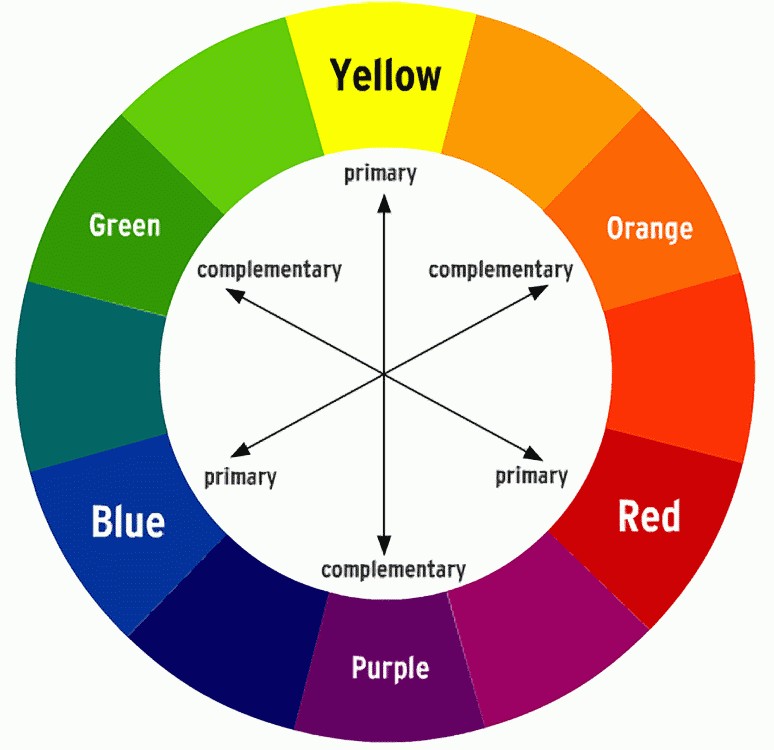Plants are predominantly green, a fact so ubiquitous that we rarely stop to question it. But why are plants green? The answer lies in the fascinating world of photosynthesis, the process by which plants convert light energy into chemical energy to fuel their growth. This involves a pigment called chlorophyll, the electromagnetic spectrum, and a bit of physics.
The Role of Chlorophyll in Plant Color
The green color of plants is due to the presence of chlorophyll, a pigment that absorbs light energy for photosynthesis. Chlorophyll absorbs light most strongly in the red and blue regions of the electromagnetic spectrum. Green light, however, is largely reflected, which is why we perceive plants as green. Think of it like this: a red apple absorbs all colors of light except red, which it reflects back to our eyes. Chlorophyll does the opposite with green light.
Understanding the Electromagnetic Spectrum and Light Absorption
Visible light is just a small portion of the electromagnetic spectrum, which encompasses all types of electromagnetic radiation, from radio waves to gamma rays. Light travels in waves, and the distance between the peaks of these waves is called the wavelength. Different colors of light have different wavelengths. Red light has longer wavelengths and lower energy, while blue light has shorter wavelengths and higher energy.
Plants have evolved to utilize the energy from visible light, specifically red and blue light, for photosynthesis. Chlorophyll molecules within specialized compartments in plant cells called chloroplasts absorb photons of light, primarily in the red and blue wavelengths. This absorbed energy excites electrons within the chlorophyll molecules, initiating a chain of events that ultimately leads to the production of sugars, the plant’s food source.
The Two Stages of Photosynthesis: Light-Dependent and Light-Independent Reactions
Photosynthesis occurs in two main stages:
-
Light-dependent reactions: These reactions take place in the thylakoids, disc-shaped structures within chloroplasts. Chlorophyll molecules within photosystems, located in the thylakoids, capture light energy. At the heart of each photosystem is a “special pair” of chlorophyll molecules that play a crucial role in converting light energy into chemical energy.
-
Light-independent reactions (Calvin cycle): These reactions occur in the stroma, the fluid-filled space surrounding the thylakoids. The energy captured during the light-dependent reactions is used to convert carbon dioxide from the atmosphere into glucose, a simple sugar that serves as the plant’s primary source of energy. Oxygen is released as a byproduct of this process.
Why Red Light is Crucial for Photosynthesis
Chlorophyll’s preference for absorbing red light is significant because red light has the optimal energy level for driving the photosynthetic process. While blue light is also absorbed, red light is more efficiently used in the crucial “special pair” of chlorophyll molecules within photosystems. This efficiency in utilizing red light maximizes the plant’s ability to convert light energy into chemical energy. That’s why advancements like speed breeding technology, which utilizes enhanced LED lighting focusing on the red spectrum, can significantly accelerate plant growth.
Conclusion: Green is the Reflected Light of Life
In essence, plants are green because chlorophyll absorbs red light most efficiently for photosynthesis, reflecting the green light back. This seemingly simple phenomenon underpins the foundation of life on Earth, as photosynthesis provides the oxygen we breathe and the food we eat. The next time you see a lush green landscape, remember the intricate dance of light and chlorophyll that makes it all possible.
